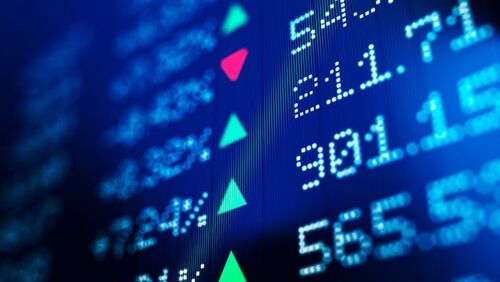How you can start buying international shares
By Money Team
Investors looking to diversify their portfolio could explore the option of investing overseas - after all, the Australian sharemarket represents only a small percentage of the world's markets.
Of course there are pros and cons associated with venturing offshore but for investors willing to take the risk there are a few ways you can do it.
The first is to buy shares directly. Use a traditional stockbroker or an online broker - the choice partly comes down to the level of advice and research you want.
Two of Australia's largest brokers, Commsec and E*Trade, offer investors access to international markets including the USA, Canada, Hong Kong, Singapore, London, Paris, Brussels and Amsterdam to name a few. Brokerage rates differ depending on the currency you are investing.
As an example Commsec charges investors buying shares in North America $US71.50 ($A76.22) or 0.825%, whichever is greater.
When choosing a broker to help you invest in international shares, make sure you ask what markets they cover, what research is provided, brokerage charged (in what currency), when you can place trades (you may be able to place orders while overseas markets are open) and whether there is a minimum transaction amount.
If you choose to invest overseas directly, educate yourself properly before taking the plunge.
Research the country's economy and outlook and take a good look at the company/companies you want to invest in.
Do the same level of research you would (or should!) buying shares in an Australian company, if not more. You also need to take a view on the direction of foreign exchange rates as this could affect your returns.
If going it alone doesn't appeal, other options for investing internationally are ETFs (exchange-traded funds) or managed funds. That way a professional does all the hard work and research for you.
You can also get a level of diversification you might not if you do it yourself - unless you have a really large amount to invest.
An ETF is a stock exchange-listed fund that aims to replicate the performance of a particular index.
"International ETFs seek to replicate the performance of the overseas index and are traded and settled on ASX in Australian dollars," explains the Australian Securities Exchange (ASX) website. "As the current range of international ETFs are not hedged, fluctuations in the exchange rate can affect the value of the portfolio."
There are 18 international ETFs currently available - including iShares S&P Global 100 which invests in 100 large transnational companies with minimum capitalisation of $US5bn, iShares S&P 500 which invests in US large-cap stocks across a range of industries, and iShares S&P Asia 50 which reflects price and yield performance of 50 stocks across Hong Kong, Korea, Taiwan & Singapore. Visit asx.com.au/etf for others.
Finally, you may opt for a managed fund, generally starting for as little as $1000. You must decide on a fund that focuses on just one country or sector, or perhaps a diversified international fund.
A diversified fund will give you a spread of regions, industries and companies. Take a look at the fund tables on page 99 - you'll find the top five international share funds based on five-year returns.
Given the level of volatility associated with international markets, it's important to take a long-term view. Most managers suggest a minimum investment horizon of five to seven years.
It's also important to make sure you understand the fund manager's currency hedging policy. With a fully hedged fund the Australian dollar exchange impact is removed completely.
Get stories like this in our newsletters.


